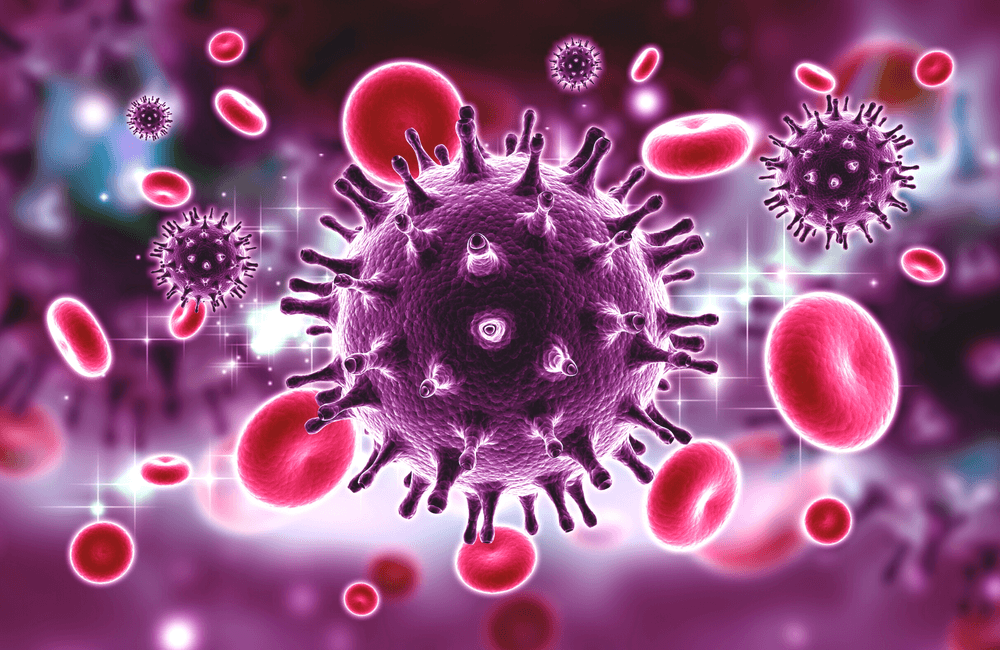

Arundhathi Jathin
Class of 2027Los Angeles, CA
About
Projects
- "Computational Analysis of Tau Aggregation in Creutzfeldt-Jakob Disease: Targeting Pathology for Drug Development and Therapeutic Interventions" with mentor Daniel (Feb. 25, 2025)
- A Theoretical Approach to an HIV Vaccine Targeting CCR5 with mentor Nico (Feb. 12, 2024)
Arundhathi's Symposium Presentation
Project Portfolio
Computational Analysis of Tau Aggregation in Creutzfeldt-Jakob Disease: Targeting Pathology for Drug Development and Therapeutic Interventions
Started Sept. 5, 2024
Abstract or project description
The P301L mutation in Tau protein enhances its propensity for aggregation by increasing hydroponic exposure and hyperphosphorylation site accessibility, leading to the formation of neurofibrillary tangles (NFTs) in Creutzfeldt-Jakob Disease (CJD). This study uses computation modeling to evaluate the structural effects of P301L mutation and assess the small-molecule inhibitors for mitigating Tau aggregation. The wild-type (P10636) and P301L-mutated Tau created with Chimera were analyzed with PyMOL, identifying aggregation-prone regions. Structural comparisons proved the P301L-mutation in the Tau created, as it exhibited increased hyperphosphorylation site exposure and a large hydrophobic surface area, contributing to its higher aggregation potential. Solvent-Accessible Surface Area (SASA) calculations further supported these findings. Molecular docking simulations with AutoDockVina assessed binding interactions of Methylene Blue, Curcumin, and Epigallocatechin Gallate (EGCG) with the mutated Tau protein. Binding affinities and molecular interactions were quantified to determine inhibitory potential. EGCG exhibited the highest binding affinity (-5.8 kcal/mol) and interacted with multiple aggregation-prone regions, indicating strong inhibition potential. Methylene Blue showed moderate but selective binding (-5.5 kcal/mol), while had the weakest affinity (-4.9 kcal/mol), suggesting limited efficacy. The data supports the hypothesis that EGCG effectively inhibits P301-L mutated Tau aggregation by binding to critical regions in stabilizing its native conformation. However, further in vitro and in vivo validation is required to confirm efficacy, bioavailability and blood-brain barrier permeability. These findings provide a framework for developing Tau-targeting therapeutics for CJD and other tauopathies while demonstrating the value of computational docking early drug discovery.
Project Portfolio
A Theoretical Approach to an HIV Vaccine Targeting CCR5
Started Oct. 19, 2023

Abstract or project description
One of the world’s biggest issues is the spread of bloodborne pathogens. One of such pathogens is the Human Immunodeficiency Virus (HIV). HIV weakens the immune system, making it more difficult for patients to fight off infections. CCR5 is a co-receptor found on the surface of many immune cells in the body. While its function is not fully characterized, it is frequently implicated in HIV infection, and is required for HIV to infect CD4+ T-cells. In this paper, we investigated the potential for developing a vaccine against the CCR5 co-receptor so that our immune system can produce antibodies against the receptor and block it so that HIV would be unable to penetrate T-cells. Additionally, we discussed the potential side effects of blocking the CCR5 co-receptor, we described the type of vaccine required to generate such an antibody response, and we evaluated the potential efficacy of such a vaccine in both preventing HIV transmission and potentially curing individuals living with HIV. Finally, we compare this approach to some current medications for HIV and discuss multiple studies that have explored similar CCR5-blocking approaches.